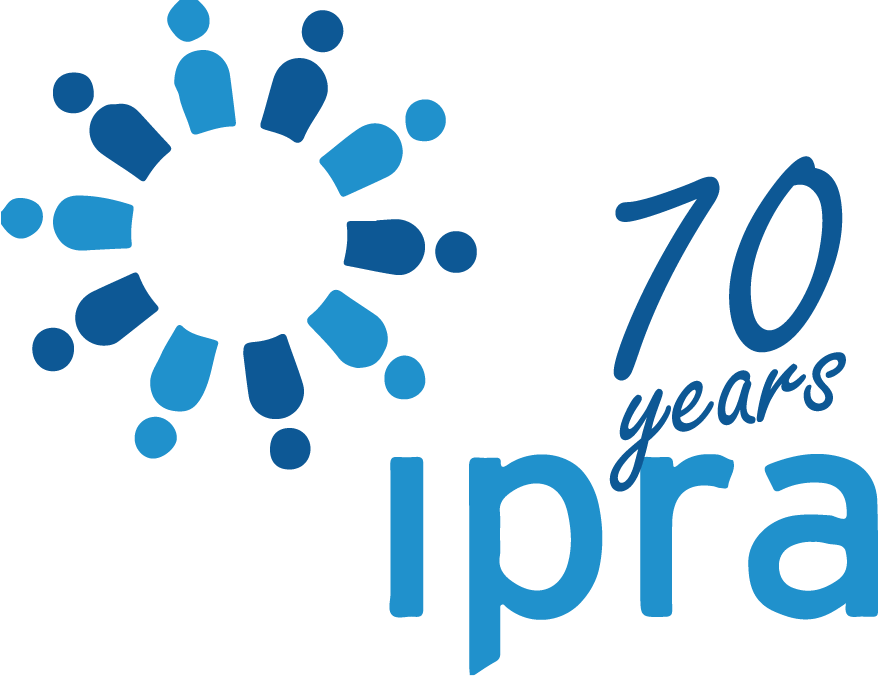ITL #627 A transformative force: strategic communication in times of disruption
6 months, 3 weeks ago
The future of PR lies in the intelligent interplay of technology, ethics, and strategic foresight. By Christoph Schwartz.
The communications industry is undergoing a profound transformation. Populism, fake news, and a declining authority of traditional quality media present challenges not only to journalism but also to strategic corporate communications. Simultaneously, themes such as sustainability, purpose, and digital transformation are gaining momentum. Within this complex environment, PR agencies have a clear opportunity – and responsibility – to reposition themselves.
The role of PR in a fragmented public sphere
Society is increasingly losing the common ground needed for fact-based discourse. In a digitised media landscape, traditional media outlets have lost their dominant influence, while social platforms continue to expand, reinforcing filter bubbles and enabling populist movements to deliberately spread disinformation.
This perceived vacuum of truth, orientation, and reliability is unsettling for consumers, clients, and businesses alike. At the same time, a growing number of digital communication channels allows organisations to engage directly with both internal and external stakeholders. Yet this new proximity also comes with heightened expectations: direct communication must be consistent and authentic in tone to safeguard credibility and avoid reputational risks such as online backlash.
Organisations are thus required to rethink and redesign their communication strategies. For PR professionals, this means a renewed emphasis on building trust, promoting transparency, strengthening credibility, and anchoring communications in evidence-based narratives.
Stakeholders increasingly expect organisations to assume societal responsibility and contribute genuine value. In response, both companies and agencies must advocate for ethical standards in communication, define clear compliance guidelines, and act with transparency and consistency across all channels and touchpoints.
Sustainability, purpose and acceptance as strategic imperatives
Sustainability and purpose have long since transcended the status of buzzwords—they are now key drivers of both reputation and business success. PR agencies must help clients embed these themes strategically into their communications, authentically and with long-term credibility. The public now calls out greenwashing with brutal efficiency, which is why our industry must move beyond surface-level storytelling and offer true strategic counsel.
A company’s purpose must be clearly defined and reflected in the day-to-day actions of every individual involved. As a result, the boundaries between corporate strategy and communications are dissolving. PR is no longer a supporting function—it has become an integral component of corporate leadership. This also demands that communications be deeply embedded within the company culture in order to ensure authenticity, particularly in internal communications.
Clear ownership of communication at the executive level – and a consistent expression of the company’s values across all hierarchies – is no longer optional; it is essential. And many successful companies recognized this need and have implemented this approach. Yet too often, communications are still treated as a mere marketing tool. This outdated perspective risks underestimating the consequences of inconsistent brand communication. As agencies, we must protect our clients from this trap and offer bold, forward-thinking guidance.
PR as a strategic business enabler
Technological progress has massively expanded the PR toolbox. Digitalisation now enables more personalised and automated communication strategies. Tools such as chatbots, AI-driven analytics, and data-based targeting empower PR agencies to engage stakeholders more efficiently than ever before. The challenge lies in deploying these technologies responsibly, without losing the human element that builds trust. Successful PR strategies must combine technological efficiency with empathetic, authentic communication.
At the same time, emerging technologies like blockchain, the metaverse, and Web3 are not only changing how brands interact with their audiences, they are also reshaping business models. PR strategies must actively engage with these developments. Companies that invest early in digital transformation and innovative formats will be best positioned as thought leaders in their industries.
Strategic communication is critical in helping audiences navigate the complexities of disruptive innovation and new technologies. PR professionals must therefore think interdisciplinarily, anticipate trends, and act as navigators in this era of digital transformation.
Crisis communications in a volatile world
Recent years have underscored how rapidly crises can escalate – from geopolitical instability and economic shocks to ethical controversies. Organisations must be prepared and build robust crisis communication frameworks. Social media accelerates the dynamics of crisis situations, as information spreads and escalates in real time. Micro crisis as a permanent state.
PR agencies play a pivotal role here. Not only in developing preventative strategies, but also in staying agile and responsive during acute crises. Modern crisis communications demand speed, transparency, and coherent messaging across all platforms. Close coordination with leadership teams is crucial to enable sound communication decisions and minimise long-term reputational damage.
Crisis situations are a true test of communication resilience. They reveal how authentic messaging really is, how credible communicators are, and how sustainably an organisation acts.
Looking ahead: PR as a key strategic driver
In a world where trust is an increasingly scarce commodity, PR holds a vital key. The ability to convey complexity with clarity, to strengthen relationships, and to build long-term reputation is becoming a core competence for successful organisations.
The future of PR lies in the intelligent interplay of technology, ethics, and strategic foresight. This represents not just a challenge but a tremendous opportunity for those willing to embrace change and assign communication its rightful role as a transformative force within organisations.
The coming years will reveal which agencies and companies have truly recognised the signs of the times. PR must evolve from a reactive discipline into a proactive, shaping force. One that actively participates in societal and technological evolution. Those who now invest in strategic consulting, digital capabilities, and ethical standards will play a defining role in shaping the future of the industry.
The PR of tomorrow is more than a communication tool. It is an instrument of transformation powered by responsibility, foresight, and innovation.

The Author
Christoph Schwartz
Christoph Schwartz, MD Schwartz Public Relations, Munich.
mail the authorvisit the author's website
Forward, Post, Comment | #IpraITL
We are keen for our IPRA Thought Leadership essays to stimulate debate. With that objective in mind, we encourage readers to participate in and facilitate discussion. Please forward essay links to your industry contacts, post them to blogs, websites and social networking sites and above all give us your feedback via forums such as IPRA’s LinkedIn group. A new ITL essay is published on the IPRA website every week. Prospective ITL essay contributors should send a short synopsis to IPRA head of editorial content Rob Gray emailShare on Twitter Share on Facebook

